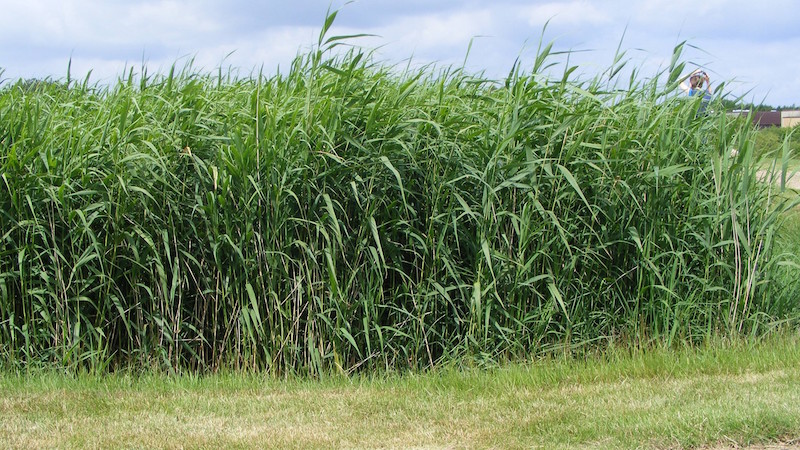Types of project

Sewage Treatment
Wetland systems can be used as a robust and environmentally sensitive method of treating domestic effluent from toilets, showers and kitchens Typically the wastewater would be fed to a conventional septic tank and the effluent from this tank would be fed to a wetland to remove dissolved pollutants or small particles in the wastewater.
There are many kinds of wastewater treatment systems on the market. These mostly operate by providing an environment in which beneficial microbes can feed on the “nasties” in the wastewater. Wetlands are no exception. They provide an environment that is particularly robust to changes in the effluent or the environment, and are sometimes used to patch up conventional treatment systems that fail during peak loads.
You will generally need more space for a wetland than for a mechanical treatment system, though they will often need no power to operate, and can be great for remote campsites and visitor centres where space isn’t an issue and a mains sewer isn’t an option.
Geoff was instrumental in developing the Constructed Wetland Association’s standard design for wetlands to treat septic tank effluent. The design ought to achieve a standard of 10:20:5 BOD: Suspended Solids: Ammonia Nitrogen if it is designed and built by experienced people.
Resources
British Water "flows and loads" Guidance on estimateing flows and loads from new developments.
"Water" open access journal 2017 special issue Constructed wetlands for water treatment
Constructed Wetland Association guidelines